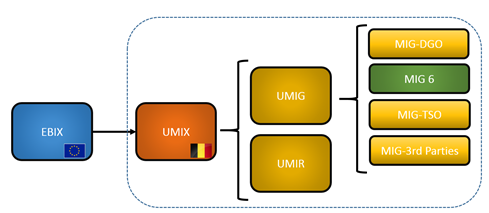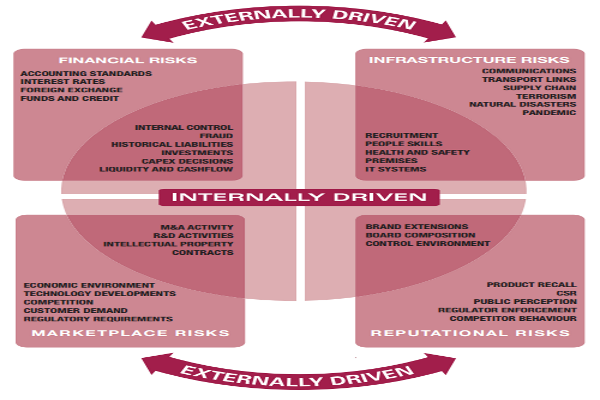Atrias - EA/BPA MethodologySeptember 2014 till Februari 2015Content: |
 |
Management Summary
Setup of an approach for Business Process Modeling, to be employed as guidelines for the analysts as well as constitute hooks into the overall enterprise architecture strategy governing the organization. These processes make up the Utility Market Information eXchange (UBIX) standard, which is governed by the Atrias clearing house as a means to regulate all communication within the Belgian Energy Utilities landscape.

The Distribution Grid Operators (DGO) in concert with the suppliers have drafted a reference manual titled "Utility Market Implementation Guide" (UMIG), in which the processes and data exchange between
the stakeholders of the Belgian energy market are documented. The UMIG consists of several types of documentation:
- General and/or cross-functional information: documents that form the basis for the UMIG. In these documents, all concepts related to the MIG domains are addressed.
- Business Requirements: documents that specify the different processes and exchanges within the market. These documents are normally split up per domain. The contents of the messages exchanged are only briefly touched.
- Information Models: documents related to IT aspects, in which a detailed description of the different types of messages, exchanged in the market, is given.
- XML schemas for Information Exchange: documents in which the structure and type of content of the different XML documents used for data exchange, are defined.
Atrias also maintains the Utility Market Implementation Recommendations (UMIR), which consists of a set of UMIG supporting documents like, message examples, Interchange Agreement, tentative documents… The UMIR documents are recommendations which are not necessarily approved by the Regulator, but which may be in the future.
Lessons Learned
One of the important issues of the enterprise architecture setup was the alignment with the COBIT-inspired governance procedures. As shown in the illustration, these risks are both internally and externally driven, and every risk within the enterprise architecture was to be aligned with the proper categories defined in the project charter of the governance department. The suggested template was the Failure Modes and Effects Analysis Template, a template often used in Six Sigma initiatives. This template served as a started point to develop a template proper to Atrias.

| Project | BPM | EA | Utilities Sector |

